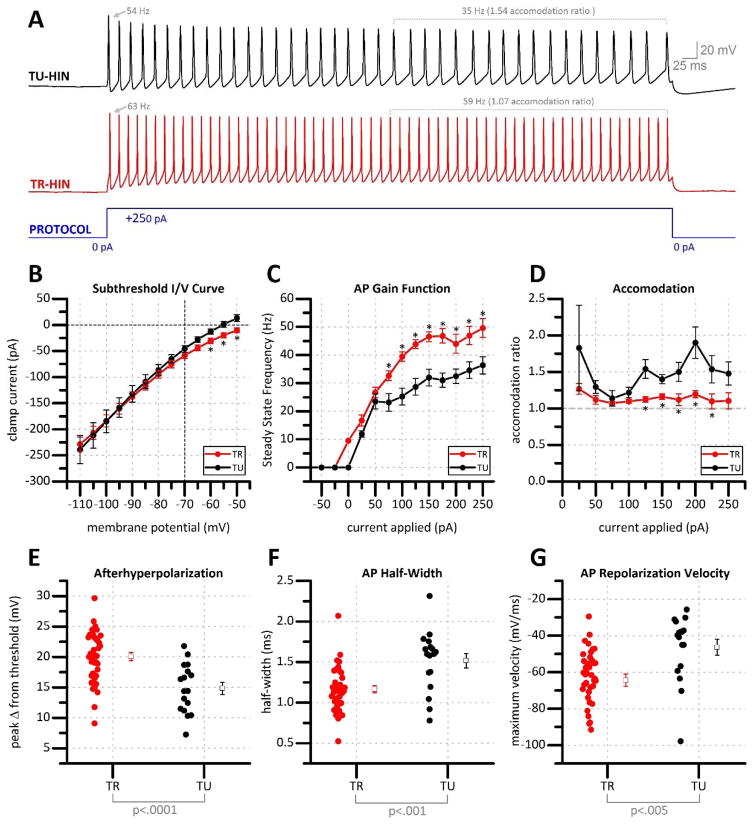Figure 5. Comparison of electrophysiological properties of TR vs TU stuttering fast spiking hilar interneurons.
(a) Stuttering hilar interneurons often fire regular trains of action potentials when depolarized by strong current injection (blue). In response to this stimulation paradigm, TGOT unresponsive hilar interneurons (TU-HIN, black) commonly present with spike accommodation. TGOT responsive hilar interneurons (TR-HIN, red) show little accommodation and demonstrate a higher steady state firing frequency in response to the same stimulus. (b) Steady state currents in response to a series of voltage steps in TGOT responsive (TR) and TGOT unresponsive (TU) hilar interneurons. (c) Action potential gain function and, (d) accommodation ratio in response to increasing current steps. Action potential (e) afterhyperpolarization magnitude, (f) half-width, and (g) repolarization velocity from TGOT responsive vs. TGOT unresponsive hilar interneurons. *p=<.05

